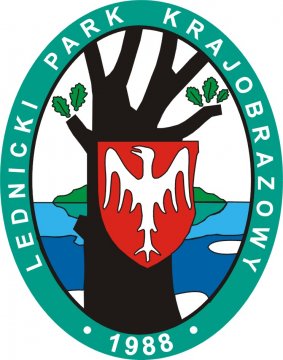
The Lednica Landscape Park was created in 1988 and now covers an area of 76.5 sq. km. The park is both natural and historical and was created to protect the natural landscape around Lake Lednica, the birthplace of the Polish state. Many traces of early settlement can be found here and the mortal remains of Mieszko I, the first historical ruler of Poland, are preserved on the island of Ostrów Lednicki. The remains of two wooden bridges are waiting on the bottom of the lake for someone to find them and claim a major discovery. These two bridges – the western one 440 m and the eastern 170 m – connected the island with the mainland during the Middle Ages.
The Lednica Landscape Park exhibits features typical of a post-glacial landscape moulded by a continental glacier during the last ice age. The terrain is dominated by undulating morainal uplands and an imposing gully containing Lake Lednica. The park is characterised by a rustic landscape in which cultivated fields predominate. This is because the region has been largely deforested by dint of having been densely settled since the early Middle Ages. The few patches of forest that remain only cover a relatively small area (barely 10% of the park) in the northern part where the landscape is more variegated. There is a 7-km nature trail, which runs from the northern shore of Lake Lednica, through the forest, and along the banks of the lakes.
The Wielkopolska Ethnographic Park can be found in the village of Dziekanowice, on the eastern shore of the lake. This features many exhibits of 18th and 19th-century rural wooden architecture from all over Wielkopolska. There is another open-air museum, Mały Skansen, where the ferry sets sail for the island, and the village of Rybitwy has ethnographic exhibits as well. Youth gatherings attracting around 100,000 people have been held at the Dominican pastoral centre outside Imiołki, on the north-western side of Lake Lednica, since 2006.






